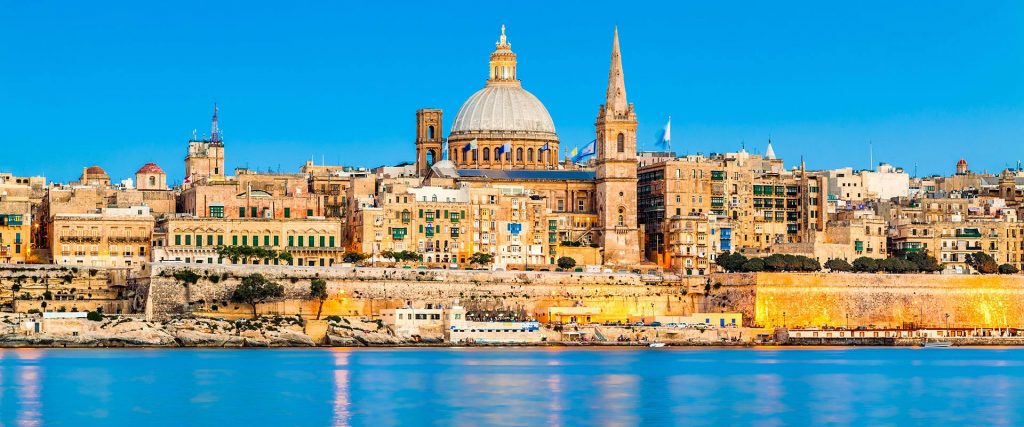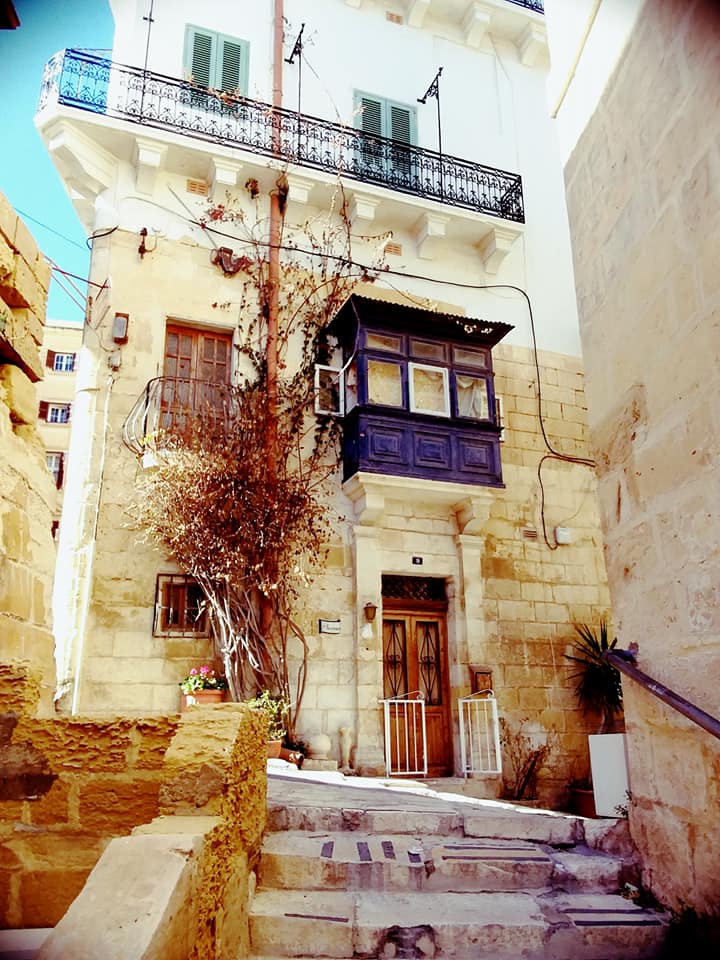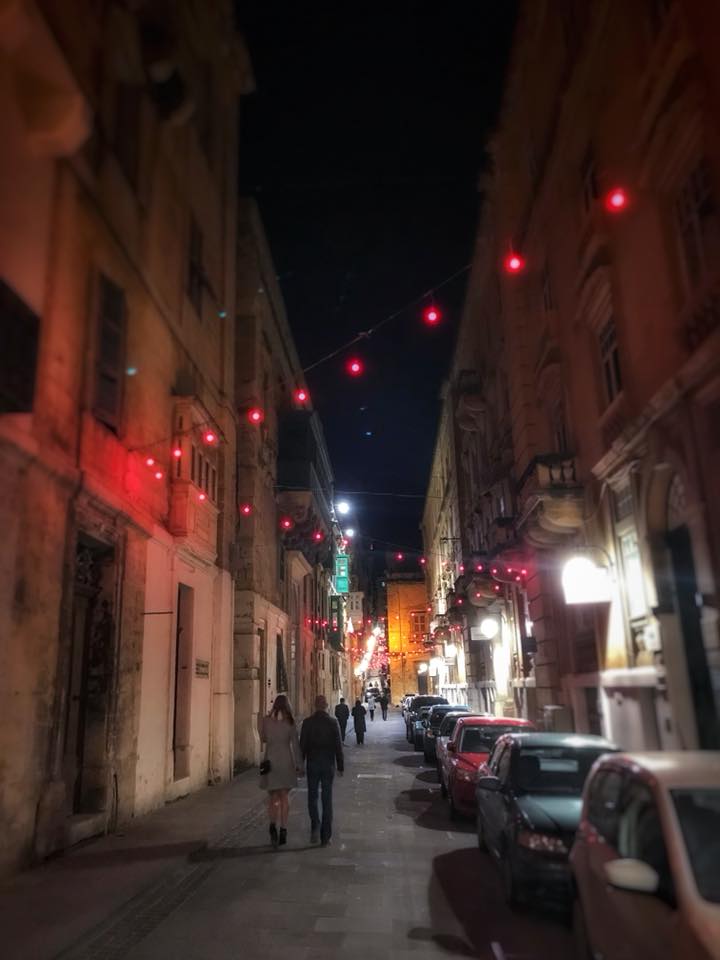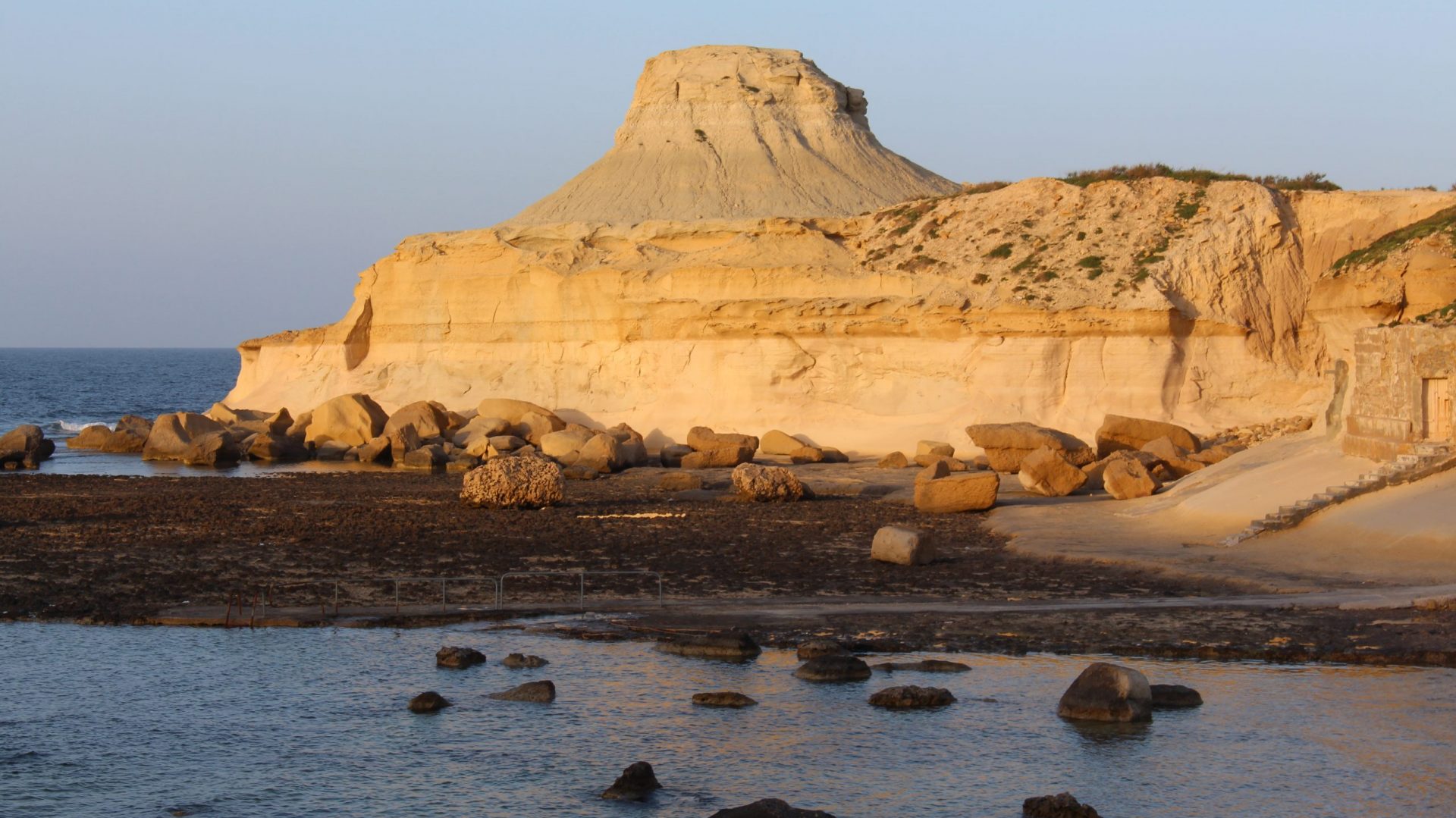
The smallest and southernmost capital city in Europe, Valletta is a UNESCO world heritage site and is one of the gems of the Mediterranean. As a walled city, Valletta has an insular atmosphere of romance and seclusion. It is a Baroque fortress and a museum of art and culture at the same time. Every stone in Valletta is steeped in countless stories of the centuries gone by.
Over 450 Years of History
Valletta was founded in 1566 by the Knights of St John. After the victory over Ottoman Turks in the Great Siege of 1565, the Knights, who at the time were based in Birgu, felt the need to fortify the vulnerabilities of the Grand Harbour. The new capital was intended to become the hub of art and culture, as well as be a fortress that would defend the islands against any further attacks.
The site of the new city was chosen in the empty fields of the Sciberras peninsula, the most vulnerable point of the Grand Harbour at the time. The Grand Master of the Order, Jean Parisot de la Vallette laid the foundation stone on 28th March 1566 in what would later become the church of Our Lady of Victory. The city was named in honor of its founder.
In building Valletta, the Knights of St John took a departure from the medieval style of fortification building where narrow winding dead-end streets were meant to confuse the enemy. Valletta was planned on a grid design with straight streets. This was not as much for fortification, but rather to allow the cooling breezes to moderate summer’s heat.
The Knights introduced a complex network of drainage and garbage collection. An underground network of sewage tunnels was possibly unparalleled in 16th-century Europe. Every morning, an army of slaves would collect garbage from a pit in the back yards of vertical houses. At the time, the urban planning and the efficiency of building were revolutionary.

What to See in Valletta
Valletta is bursting with sights and attractions to suit every taste and interest. The Grand Master’s Palace in St George’s square was built as the seat of the Grand Master of the Knights of St John, and used to house the Maltese Parliament until 2015, when it moved to the new building by Renzo Piano by the City Gate.
Fort St Elmo, which has undergone major renovations in the recent years, houses the National War Museum, a memorial to Malta’s history of wars and conquests, with artefacts that go back to prehistoric times. Valletta fortifications offer stunning views of the harbors. From Hastings Gardens, one can see the Manoel Island, Sliema and Marsamxett Harbour, while the impressive the Upper Barrakka Gardens are facing the Grand Harbour at the highest point of the fortifications.
From Upper Barakka Gardens, visitors can take a lift down to the Valletta Waterfront with views over Fort St Angelo across the harbour. The Valletta Waterfront is composed of nineteen 250-year-old warehouses built under Grand Master Pinto. It houses shops, bars, clubs, and many good restaurants, and is another place of interest worth visiting and perhaps enjoying lunch or a glass of wine.
The National Museum of Archaeology displays Malta’s thousands of years of history, starting from approximately 5200 BC. St John’s Co-Cathedral, with its opulent interior, is home to Caravaggio’s masterpiece, The Martyrdom of St John the Baptist.
The Manoel Theathre, one of the oldest working theaters in Europe, hosts ballet and opera performances, concerts, theatrical productions, and performances of an annual Valletta International Baroque Festival.
Valletta by Night

Bustling during the day, Valletta grows more quiet and reflective at night. However, in recent years many charming and unique small bars, cafes and restaurants have sprung up in the capital. They make Valletta a very atmospheric and trendy location for a night out.
There are many cafes and restaurants in piazzas and side streets. Often, life music spills out into the streets from the tiny spaces. The iconic Strait Street used to be a hangout spot for sailors, with its cabarets, jazz, seedy bars and bordellos. It fell into oblivion after the departure of the British armed forces from Malta, but its unique character is coming back. This Bohemian hub is now lined with some of the classiest bars in Malta, and is once again a center of alternative culture.
It is possible to visit Valletta as part of a private chauffeur-driven Valletta and the Three Cities Tour. Contact for a quote.

